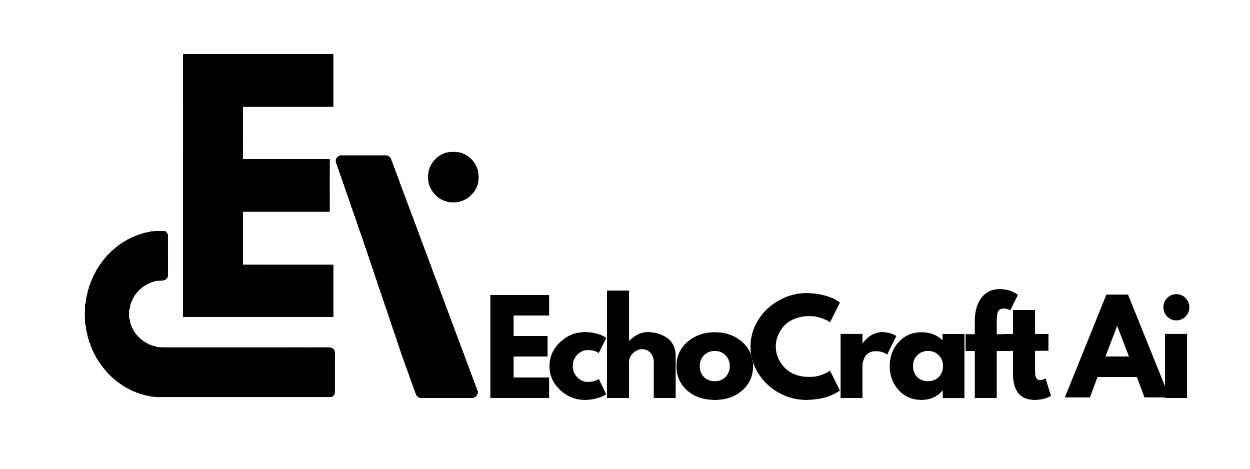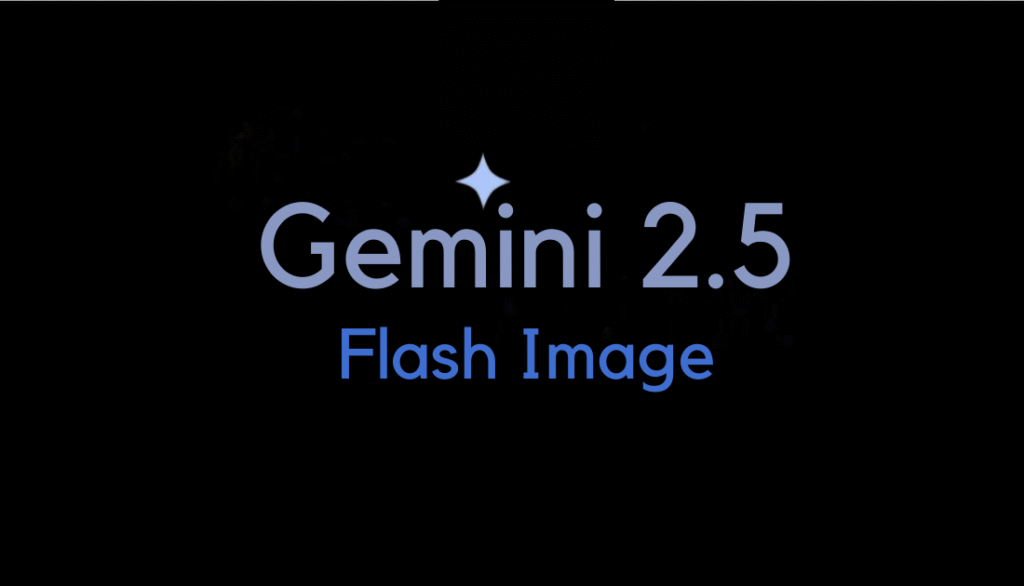Google has introduced a new image-editing model, Gemini 2.5 Flash Image, aimed at giving users greater precision and control over edits through natural language prompts. The rollout spans the Gemini app, Gemini API, Google AI Studio, and Vertex AI.
Highlights
- Precision Editing: Designed to handle fine edits (like clothing color changes) without distorting faces, objects, or backgrounds.
- Speed & Consistency: Produces results in 1–2 seconds while maintaining visual coherence in complex edits.
- Step-by-Step Refinement: Supports multi-turn interactions, enabling iterative workflows for design, layouts, and creative projects.
- “Nano-Banana” Reveal: Initially tested anonymously under the pseudonym “Nano-Banana” on LMArena, where it topped editing leaderboards before Google confirmed its identity.
- Competitive Push: Aims to close the gap with OpenAI’s GPT-4o image generator, Meta’s Midjourney partnership, and FLUX models from Black Forest Labs.
- Adoption Gap: Gemini has 450M monthly users, trailing ChatGPT’s 700M weekly users, highlighting Google’s challenge in scaling adoption.
- Practical Use Cases: Can combine multiple references (photos, palettes, designs) into a single cohesive render, expanding real-world applications.
- Safety & Responsibility: Includes safeguards like banning non-consensual intimate imagery and embedding watermarks/metadata in all outputs.
- Strategic Rollout: The “Nano-Banana” backstory helped build buzz ahead of the official launch.
What the New Model Offers
Gemini 2.5 Flash Image is designed to handle edits without distorting surrounding details — a challenge many competing tools still face. For instance, changing the color of a shirt is intended to preserve facial features and background integrity.
Google highlights two key strengths:
- Visual consistency when modifying complex scenes.
- Rapid rendering, typically producing results within 1–2 seconds.
The model also supports multi-turn interactions, allowing users to refine edits step by step, such as iterating on room layouts, design projects, or garden plans.
From “Nano-Banana” to Gemini
Before its official release, the model appeared anonymously on the crowdsourced AI evaluation platform LMArena under the pseudonym “Nano-Banana.” Its strong performance quickly drew attention and speculation.
Google has since confirmed that “Nano-Banana” was an early version of Gemini 2.5 Flash Image.
Benchmark results show the model ranking at or near the top of several editing leaderboards, with early reviewers praising its speed and accuracy.
Early Feedback and Vision
Nicole Brichtova, product lead for visual generation models at Google DeepMind, said the team focused on improving both image quality and instruction-following.
“This update does a much better job making edits more seamlessly, and the outputs are usable for whatever you want to use them for,” Brichtova told TechCrunch.
AI Image Tools as a Competitive Arena
Image generation has become a focal point in the broader AI competition:
- OpenAI’s GPT-4o image generator fueled viral content earlier this year.
- Meta is working on licensing Midjourney’s models.
- Black Forest Labs’ FLUX models, backed by Andreessen Horowitz, continue to dominate benchmarks.
Google still trails OpenAI in adoption, with CEO Sundar Pichai noting Gemini has 450 million monthly users, compared with ChatGPT’s 700 million weekly users.
Practical Applications
Beyond benchmarks, Google emphasizes practical use cases. Gemini 2.5 Flash Image can merge multiple references into a single output — for example, combining a living room photo, a sofa image, and a color palette into one cohesive render.
The model’s multi-step editing capability aims to make real-time creative workflows, from design mockups to personal projects, more accessible.
Safeguards and Responsibility
Google is placing stronger emphasis on safety after earlier challenges with AI-generated imagery. Safeguards include:
- Prohibiting non-consensual intimate imagery.
- Embedding visual watermarks and metadata identifiers in all AI-generated content.
The company acknowledges that watermarks may not always be immediately visible on social platforms but says the protections are designed to improve accountability.
The reintroduction of messaging around “Nano-Banana” helped build anticipation before the official rollout. With the integration of Gemini 2.5 Flash Image, Google is reasserting its position in the AI image race at a moment of heightened competition.


